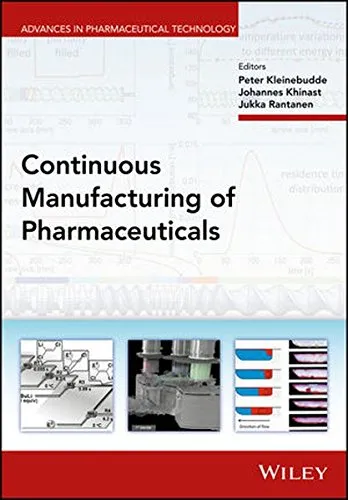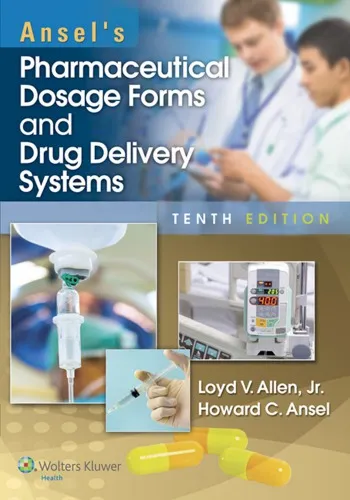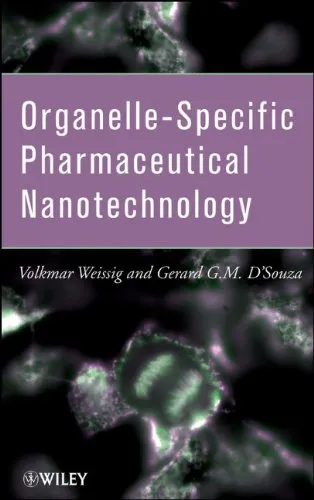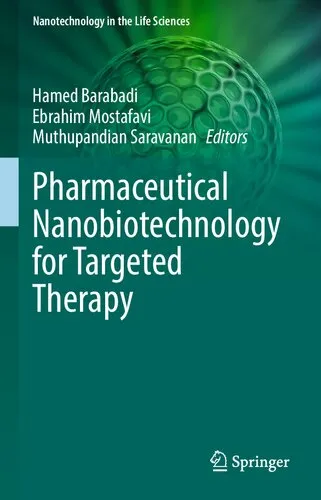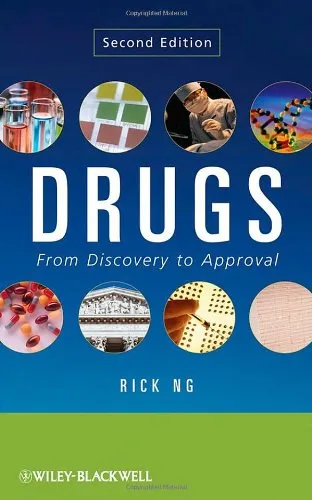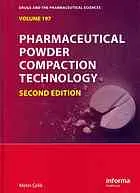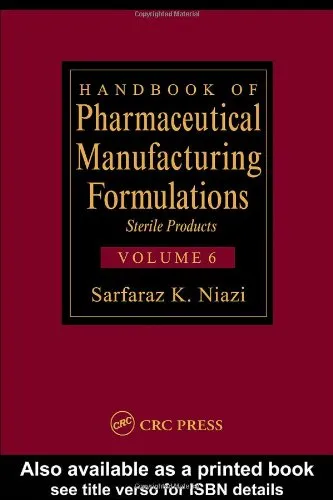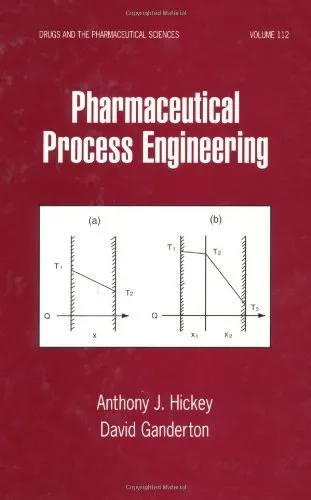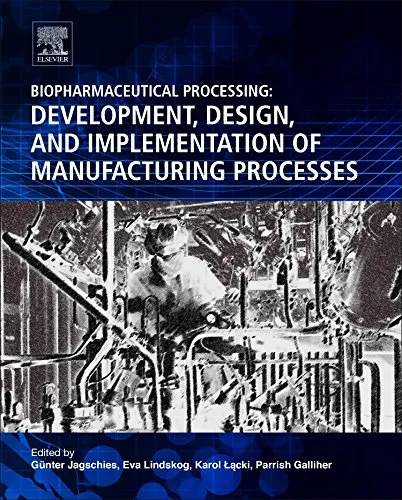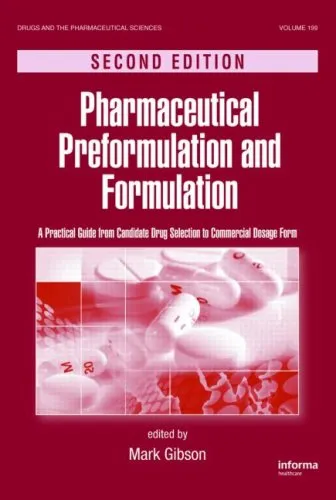Continuous Manufacturing of Pharmaceuticals
4.0
Reviews from our users

You Can Ask your questions from this book's AI after Login
Each download or ask from book AI costs 2 points. To earn more free points, please visit the Points Guide Page and complete some valuable actions.Related Refrences:
Introduction to "Continuous Manufacturing of Pharmaceuticals"
The pharmaceutical industry is in the midst of a revolution — a transition from traditional batch manufacturing to efficient, streamlined, and innovative continuous manufacturing. "Continuous Manufacturing of Pharmaceuticals," authored by Peter Kleinebudde, Johannes Khinast, and Jukka Rantanen, is a pivotal resource for understanding this vital transformation. This book examines the benefits, challenges, methodologies, and regulatory frameworks associated with continuous manufacturing while offering practical guidance for professionals navigating this paradigm shift.
This comprehensive guide combines theoretical underpinnings with practical insights, creating an invaluable resource for academics, industry professionals, researchers, and decision-makers. By focusing on real-world applications, emerging technologies, and the future of pharmaceutical manufacturing, the book establishes itself as both an academic cornerstone and a blueprint for innovation in drug production.
Detailed Summary of the Book
"Continuous Manufacturing of Pharmaceuticals" provides a thorough exploration of how continuous manufacturing (CM) is revolutionizing drug development and commercialization. The book compares the traditional batch production processes with the continuous flow methods, outlining the stark differences in efficiency, cost-effectiveness, scalability, and environmental impact. It emphasizes how continuous manufacturing enables real-time quality control, minimizes waste, and accelerates time-to-market for critical therapies.
The structure of the book is meticulously crafted, diving into fundamental concepts before transitioning to advanced discussions. The authors explore topics such as:
- The scientific and technical principles of continuous manufacturing.
- Case studies showcasing its successful implementation in the pharmaceutical sector.
- The role of digitalization, process analytical technologies (PAT), and artificial intelligence in CM.
- Regulatory challenges and frameworks, including FDA and EMA guidance.
- Economic and sustainability impacts of implementing CM techniques.
By integrating insights from leading experts and practitioners, the book connects research-based evidence to practical strategies, creating a well-rounded exploration of this transformative approach to pharmaceutical manufacturing.
Key Takeaways
The shift to continuous manufacturing has far-reaching implications for the pharmaceutical industry and beyond. Here are some of the key takeaways from the book:
- Continuous manufacturing leads to higher efficiency and lower costs compared to traditional batch processes.
- CM enables faster response times in times of crisis, such as pandemic vaccine production.
- Real-time monitoring and quality control reduce waste and enhance product consistency.
- Despite its advantages, CM comes with significant challenges, including high initial setup costs and the need for specialized expertise.
- Regulatory agencies are increasingly supportive of CM, but manufacturers must closely adhere to evolving guidelines.
Ultimately, the book advocates for a bold but cautious adoption of continuous manufacturing as the new gold standard for pharmaceutical production.
Famous Quotes from the Book
"Embracing continuous manufacturing is not merely about optimizing production; it's about redefining the way we deliver life-saving treatments to society."
"In an era of rapid technological advancements, those who fail to innovate in pharmaceutical manufacturing will inevitably be left behind."
"The true value of continuous manufacturing lies in its ability to combine efficiency, sustainability, and quality—a trifecta that benefits both providers and patients."
Why This Book Matters
Pharmaceutical manufacturing is at a turning point, and "Continuous Manufacturing of Pharmaceuticals" stands as a beacon for change. It not only addresses the technical and operational aspects of CM but also delves deeply into the societal impact of adopting such innovative methodologies. With governments, institutions, and consumers demanding quicker access to safe and affordable medicines, this book provides the knowledge and tools to meet those expectations.
The importance of this book lies in its ability to bridge the gap between scientific research and real-world application. As industries explore the use of automation, machine learning, and advanced analytics, the foundation laid by this book becomes increasingly relevant. Whether you are a researcher seeking to deepen your understanding or an industry leader planning a strategic transition, this book offers insights that can shape the future of pharmaceutical production.
Free Direct Download
You Can Download this book after Login
Accessing books through legal platforms and public libraries not only supports the rights of authors and publishers but also contributes to the sustainability of reading culture. Before downloading, please take a moment to consider these options.
Find this book on other platforms:
WorldCat helps you find books in libraries worldwide.
See ratings, reviews, and discussions on Goodreads.
Find and buy rare or used books on AbeBooks.
1257
بازدید4.0
امتیاز0
نظر98%
رضایتReviews:
4.0
Based on 0 users review
Questions & Answers
Ask questions about this book or help others by answering
No questions yet. Be the first to ask!
